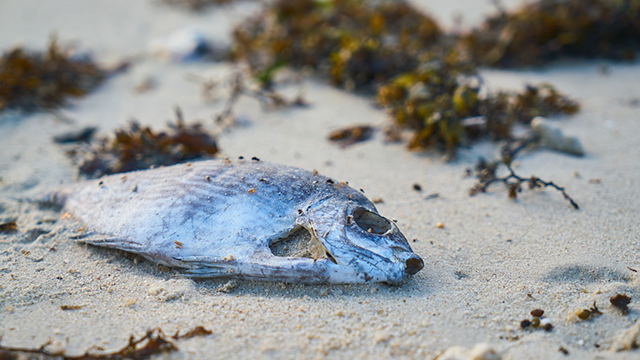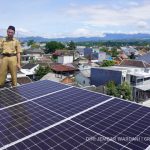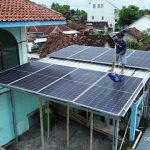Written by Sarah Rosemery Megumi
Along with development, increasing population and demands, there comes environmental issues, one is eutrophication or nutrient enrichment (such as phosphate, nitrate, and silicate to extreme level hardly acceptable by nature. Eutrophication triggers blooming microscopic algae (phytoplankton) population known as Red Tide, either its harmless or poisonous population (harmful blooming algae).
Blooming algae is a serious environmental condition for its negative impacts towards water ecosystem, fisheries industries, and human health.
A few decades ago, world’s coastal areas suffered from blooming microalgae resulted to thousands of tons fishes dead and millions of dollars losses. These impacts have hit Jakarta Bay up to date.
Based on 2007 research, an oceanographer and principal research of Indonesian Institute for Sciences (LIPI), Sam Wouthuyzen, underlined two main causes of eutrophication, one was rising population and the second was massive but not managed land use change for development.
The research stated that with high population (more than 20 million people) and poor land use changes and not environmentally friendly in Jakarta and its hinterland, such as Bogor, Depok, Tangerang, and Bekasi, complicated by rivers flowing through agriculture areas, industries, and cities have become a serious threat in terrestrial and coastal areas, including Jakarta Bay.
Wouthuyzen said that pollutants regularly filling up to Jakarta Bay causing decreasing quality of the bay.
“The higher population and not environmentally friendly land opening, eutrophication will continue and its intensity would only become stronger,” he said to Greeners.
Mass Fish Deaths
Mass fish deaths in Jakarta Bay happened in 2004, 2005, and 2007 with direct impacts to people’s welfare in coastal areas, especially on fishermen. In 2004 and 2005 mass fish deaths, national newspapers, Kompas and Sinar Harapan, reported social impacts of the mass fish deaths, including loss of livelihood for local fishermen as they could not sell their fish catches and other products to the market fearing for their bad quality.
However, Wouthuyzen’s report in 2007 stated that there were no fatalities or sick reports from consuming sea products of Jakarta Bay because of micro algae poisoning.
In 2015, mass fish deaths returned to Jakarta Bay, in Ancol beath, due to blooming phytoplankton population, Coscinodiscus spp., which dominantly absorbing oxygen in the areas leaving other species struggling for their existence.
Other scientific studies from Anugerah Nontji, a marine expert and academician, said blooming algae may have occurred in other areas, not just Jakarta Bay, but missed the spotlight and was not reported. Several reports said that there were similar incidents throughout the country with different timeline.
Eutrophication also triggers other blooming harmful micro algae, including Pyrodinium bahamense var. compressum and Gymnodinium bahamense, which could lead deaths to humans as happened in Lewotobi, East Nusa Tenggara Timur in 1983 and Ambon Bay in 1984. Up to date, only few people understand the danger of the blooming micro algae.


















































